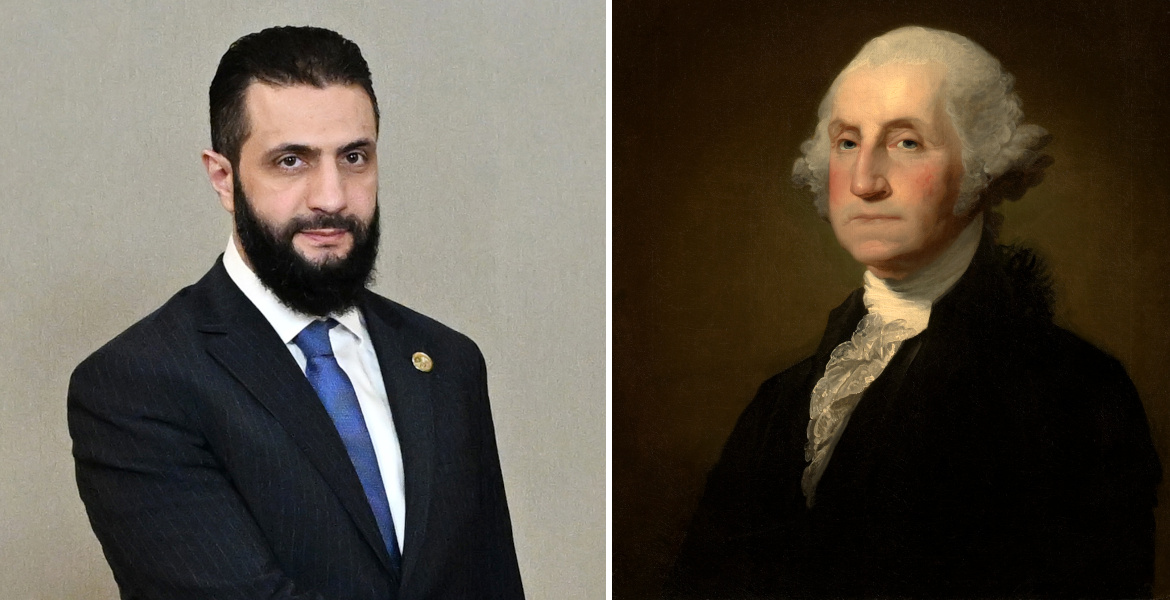The Israeli military chose to shoot at “clearly identifiable journalists” when Reuters photographer Issam Abdallah was killed on the border with Lebanon last fall. This is according to an investigation by the UN peacekeeping mission UNIFIL.
However, it is still unclear why the Israeli military chose to kill the journalist and injure several others.
It was in October that an Israeli tank began firing on a group of journalists without warning – even though the reporters were “clearly identifiable” and no fighting was taking place at the time.
“The firing at civilians, in this instance clearly identifiable journalists, constitutes a violation of UNSCR 1701 (2006) and international law”, the United Nations Interim Forces in Lebanon (UNIFIL) said in its report.
“It is assessed that there was no exchange of fire across the Blue Line at the time of the incident. The reason for the strikes on the journalists is not known”, it added.
In addition to Abdallah, who died, six other journalists were injured at the scene.
“Not intentionally shooting at civilians”
An Israel Defense Forces (IDF) spokesperson soon claimed that the militant group Hezbollah had recently attacked them in the area – and responded with artillery and tank fire – leading to the journalist’s death.
– The IDF deplores any injury to uninvolved parties, and does not deliberately shoot at civilians, including journalists. The IDF considers the freedom of the press to be of utmost importance while clarifying that being in a war zone is dangerous, the spokesperson said.
An Israeli tank killed @Reuters reporter Issam Abdallah in Lebanon last year by firing two 120 mm rounds at a group of ‘clearly identifiable journalists’ in violation of international law, a UN investigation into the Oct. 13 incident has found https://t.co/QiCpRXj5fP
— Reuters (@Reuters) March 14, 2024
Reuters management has called on Israel to clearly explain the attack on the journalists and hold those responsible accountable. But that has not happened. Nor has the IDF issued a public report on the incident.
Both Amnesty International and Human Rights Watch have argued that the journalist’s murder should be considered a war crime.









